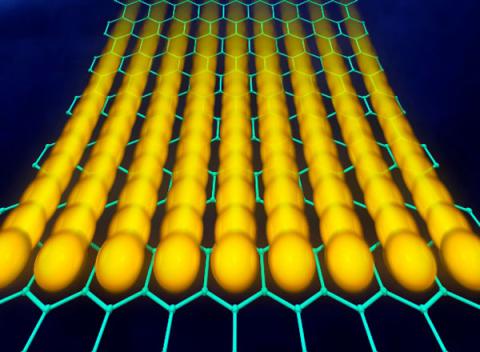Electromagnetic nature of nanoparticles
Researcher and author: Dr. ( Afshin Rashid)
Note: The electromagnetic nature of nanoparticles in magnetic materials, molecules and atoms that make them have electromagnetic properties. In other words, elements such as iron, cobalt, nickel and their alloys are attracted by magnets. It is called magnetic material.
The classification of electromagnetic materials is done based on the magnetic receptivity (magnetization ability of the material). Based on this, materials are classified into three groups: ferromagnetism, paramagnetism, and diamagnetism. Therefore, the dipole moment in electromagnetic diamagnetic materials is zero, and in the presence of a magnetic field, a dipole moment is induced in them; But the direction of these induced dipoles is opposite to the direction of the external magnetic field, which causes the substance (diamagnetism) to be repelled from the magnetic field. By removing the external magnetic field, the magnetic property of these materials does not remain. The magnetic susceptibility of these materials is negative and very low (around 10-6 to 10-3). All gases (except oxygen) are water, silver, gold, copper, diamond, graphite, bismuth and many organic compounds ( diamagnetism). Magnetic dipoles In paramagnetic material, they do not have a specific and regular orientation; As a result, these materials do not have magnetic properties. If they are placed in a magnetic field, they will be arranged along the magnetic field lines. With the removal of the magnetic field , the magnetic dipoles quickly return to their previous state in the absence of the field. In this way, paramagnetic materials acquire magnetic properties in strong nano-electromagnetic fields. The electromagnetic receptivity of these materials is a positive value (around 10-6 to 10-10). Manganese, platinum, aluminum, alkaline and alkaline earth metals, oxygen and nitrogen are nanoparamagnetic oxides like paramagnetic materials . Ferromagnetic materials have this difference . that a set of magnetic dipoles are located in the same direction, and these sets themselves They are placed in different directions; so that they neutralize each other's field effect. This set of magnetic dipoles that are in the same direction is called nano-electromagnetic field. The nano-electromagnetic property of the particles of these materials depends on the speed of changing the direction of these domains and being in the direction of the field.
The magnetic property is highly dependent on the particle size. Each magnetic material is composed of magnetic fields in the mass state . Each domain has thousands of atoms in which the direction of rotation of electrons is the same and the magnetic moments are oriented parallel . But the direction of electron rotation of each domain is different from other domains. Whenever a large magnetic field aligns all the magnetic domains, the nano-electromagnetic phase change occurs and the magnetization reaches the saturation limit . Any particle that contains only one domain can be considered a nanoparticle. Magnetic nanoparticles have few domains and it is easier to magnetize them.
Conclusion :
In ferromagnetic materials, when the particle size becomes smaller than a single magnetic field, the phenomenon of superparamagnetism (non-attachment of nano-sized magnetic particles in normal conditions and their high sensitivity to magnetic field ) occurs. Because nanoparticles don't need much force to be magnetized, they don't deviate much from their natural state, and after being magnetized, they don't have much tendency to lose their magnetic properties and return to their original state.
Researcher and author: Dr. ( Afshin Rashid)
Specialized doctorate in nano-microelectronics




